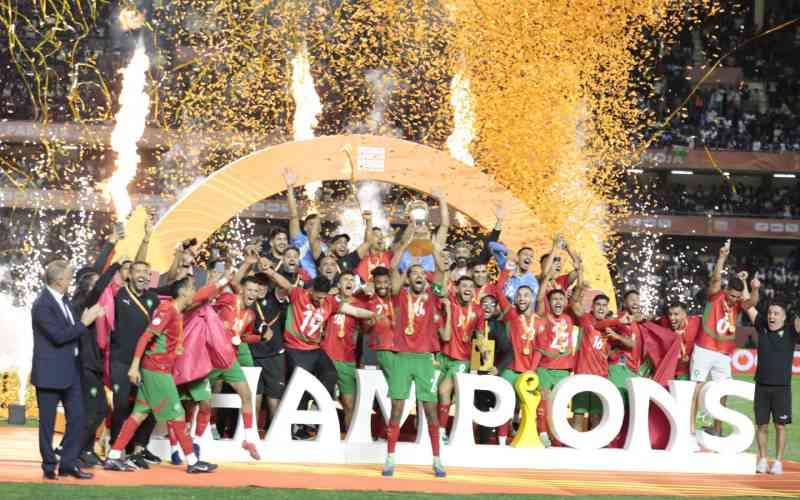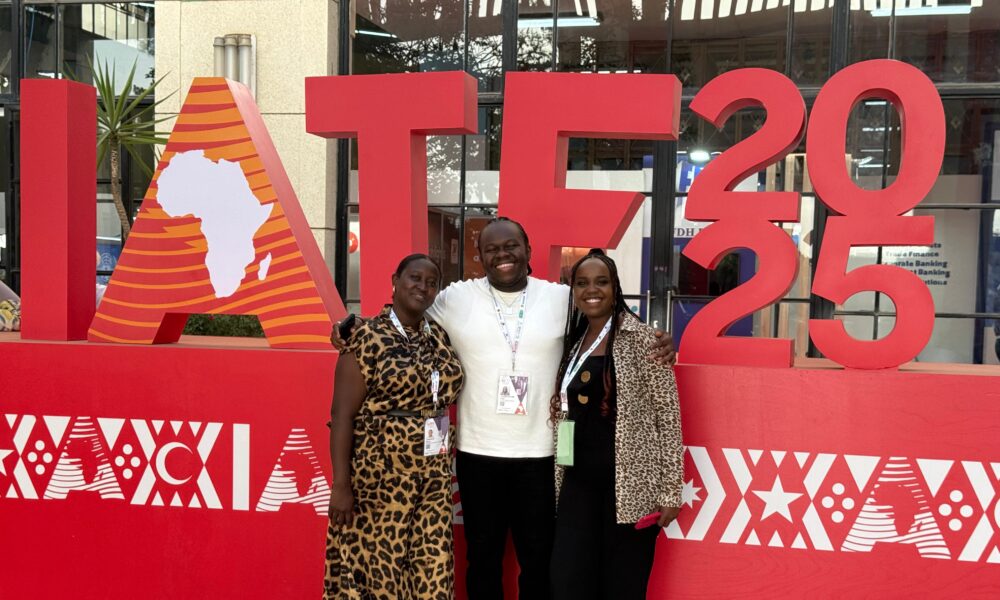Morocco's High-Speed Rail Revolution: African Development Bank Fuels Future of Mobility
In the vibrant early morning hours of Casablanca, amidst the stream of commuters, Mohamed Al Mamoune, a 30-year-old digital entrepreneur from Senegal, embarks on a vital train journey to Rabat. For Al Mamoune, whose business thrives on supporting Moroccan enterprises with branding and communication strategies, the country's extensive rail network is not merely a convenience but an essential lifeline. He highlights the train's economic and environmental advantages over road transport, emphasizing its role in saving time and facilitating client acquisition.
Al Mamoune is one of millions who now benefit from Morocco's profoundly modernized rail infrastructure, a testament to years of strategic investment and a clear national vision. Over the past 15 years, the Office National des Chemins de Fer (ONCF), Morocco's national rail operator, has spearheaded ambitious infrastructure projects. This includes the groundbreaking achievement of Africa's first high-speed train, effectively connecting Tangier to Casablanca in just over two hours, a significant reduction in travel time.
The impact of this modernization extends far beyond the high-speed service. With crucial backing from the African Development Bank (AfDB), Morocco has comprehensively upgraded and expanded its entire rail network. The AfDB's substantial €300 million financing was pivotal for the Tangier-Marrakech corridor expansion, enabling the construction of new lines, the implementation of advanced signaling systems, and the development of modern facilities like the Casa-Port station and a centralized signaling command center. Mohamed Rabie Khlie, ONCF's Director General, acknowledges the AfDB as a "historic partner" that has consistently supported ONCF since the 1990s, offering not only preferential financing but also invaluable technical assistance.
The transformation is evident in the striking improvements across the network. Ahmed Bouhaltit, ONCF's Director of Engineering, describes a "revolution" over the last decade, encompassing the high-speed line, double-tracking towards Marrakech, triple-tracking between Kenitra and Casablanca, and the integration of smarter, more efficient operational systems. For passengers, these enhancements translate into elevated comfort, enhanced safety, and improved punctuality, creating an unparalleled travel experience.
Beyond passenger convenience, this modernization has significantly bolstered Morocco's freight sector, a critical engine for economic growth. ONCF aims to not only double or even triple passenger traffic but also to fortify logistics capabilities for key industries, such as automotive manufacturing. Souhail Tantaoui, who manages outbound logistics at PSA Morocco, a subsidiary of the French carmaker, underscores the network's importance. He notes that two trains daily transport 280 vehicles each to the port of Tangier Med for export, effectively removing 35 trucks from the road every day.
These improved logistics have solidified Morocco's standing as an attractive investment hub while simultaneously delivering greener, more sustainable transport solutions. For entrepreneurs like Al Mamoune, the continuous expansion of the rail network offers renewed opportunities for business growth. Morocco's plans for further rail expansion are met with optimism, as Al Mamoune expresses, "As an African, I believe our countries should do the same—develop rail. It would help boost their economies." Today, Morocco's railways symbolize a profound transformation, embodying modernity, safety, and reliability. They have fundamentally enhanced daily mobility for its citizens, attracted new industries, and positioned the Kingdom as a leader in sustainable infrastructure. For the African Development Bank, which remains committed to investing in Morocco's transport and logistics sectors, this success story offers a promising vision of a more connected, competitive, and greener Africa.
Recommended Articles
African Football Frenzy: Morocco Conquers CHAN 2024, Kenya Shines as Host

Morocco secured their third African Nations Championship (CHAN) title with a dramatic 3-2 victory over Madagascar, thank...
African Football Frenzy: Kenya's CHAN 2024 Legacy and Madagascar's Epic Rise

Morocco clinched their third African Nations Championship (CHAN) title after defeating debut finalists Madagascar 3-2 in...
Africa's Football Fiesta: CHAN 2024 Hailed a Success, Kenya Secures FIFA Future
)
The African Nations Championship (CHAN) 2024, co-hosted by Kenya, Uganda, and Tanzania, proved a resounding success and ...
Africa's Football Fever Culminates in Epic CHAN 2024 Final: Kenya Crowned Hosts of Unforgettable Tournament

Morocco clinched their record third African Nations Championship (CHAN) title with a dramatic 3-2 victory over tournamen...
African Football Glory: Morocco Dominates CHAN Final in Thrilling Victory!

Morocco clinched their third African Nations Championship (CHAN) title in a thrilling 3-2 victory against debutants Mada...
You may also like...
Manchester United Cracks Down on Discriminatory Chanting Ahead of Chelsea Clash

Manchester United has issued a strong warning to its supporters against discriminatory chanting, specifically the 'rent ...
Mourinho Takes Benfica Helm Amid Controversial Contract Clauses and Grand Entrance

Jose Mourinho has been confirmed as Benfica's new manager, returning to the club after 25 years. The 62-year-old signed ...
Is Jimmy Kimmel Cancelled? Industry Outcry Over ABC's Controversial Move

Late-night television is undergoing radical changes with the cancellations of Stephen Colbert's 'The Late Show' and the ...
Cardi B Unleashes Star-Studded Album Tracklist, Featuring Janet Jackson & Selena Gomez

Cardi B has officially unveiled the highly anticipated tracklist for her sophomore album, "Am I the Drama?", set to drop...
Shockwave in Music: Kali Uchis Disentangles from D4vd After Tragic Discovery

Kali Uchis is moving to remove her song with D4vd from streaming platforms after a 15-year-old girl's body was found in ...
Lewis Capaldi Unleashes New Single 'Something In The Heavens' to Instant Sell-Out Success

Lewis Capaldi celebrates a triumphant return to music with his new single 'Something In The Heavens,' fresh off a sold-o...
My Wild Week in Algeria: Celebrity's #IATF2025 Exclusive!

A seven-day adventure at the Intra-African Trade Fair (IATF 2025) in Algiers, Algeria, is vividly recounted, showcasing ...
Radical Retro: 80s Fashion & Beauty Trends Staging an Epic Comeback!

Eighties trends are making a significant comeback, with young people leading the charge in embracing everything from lan...